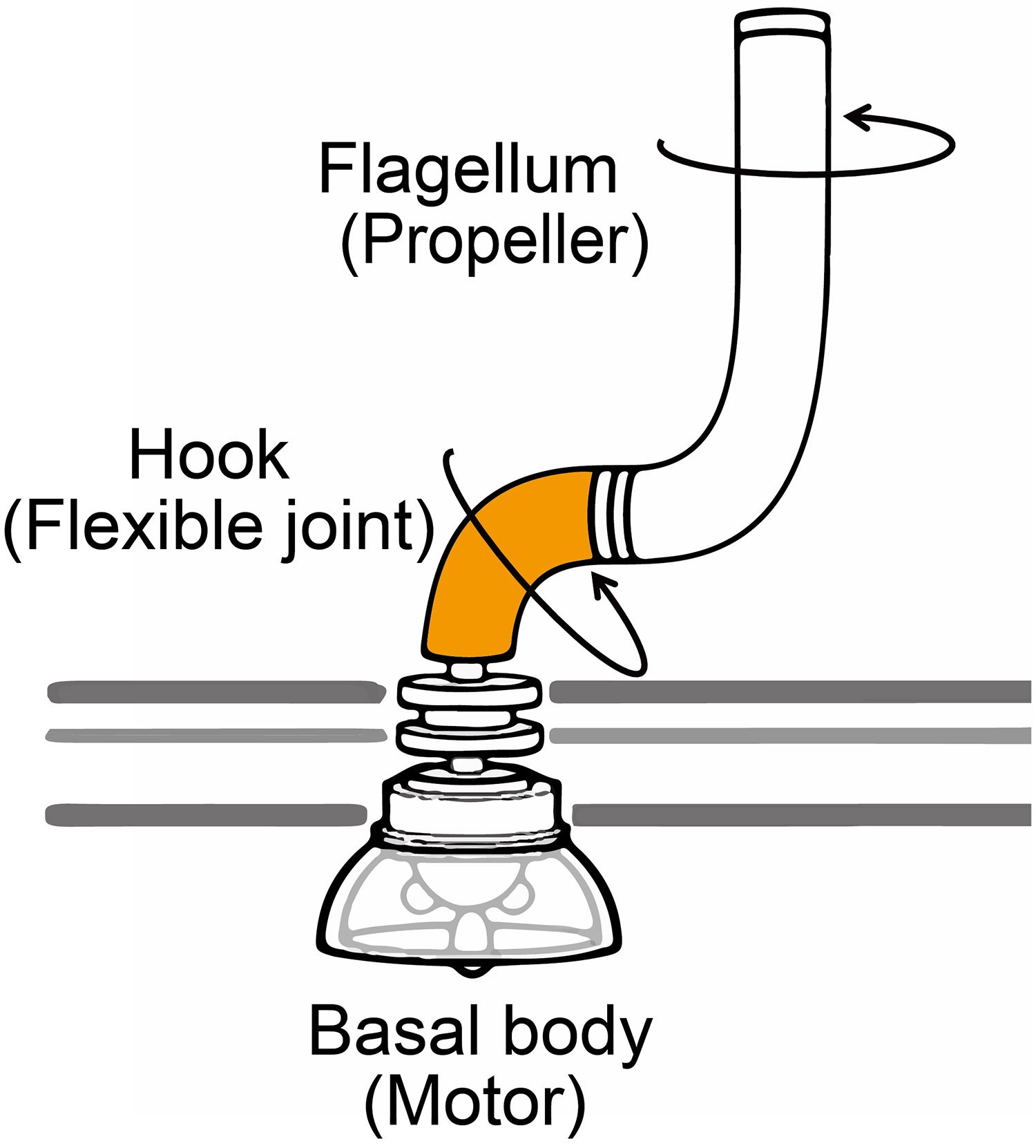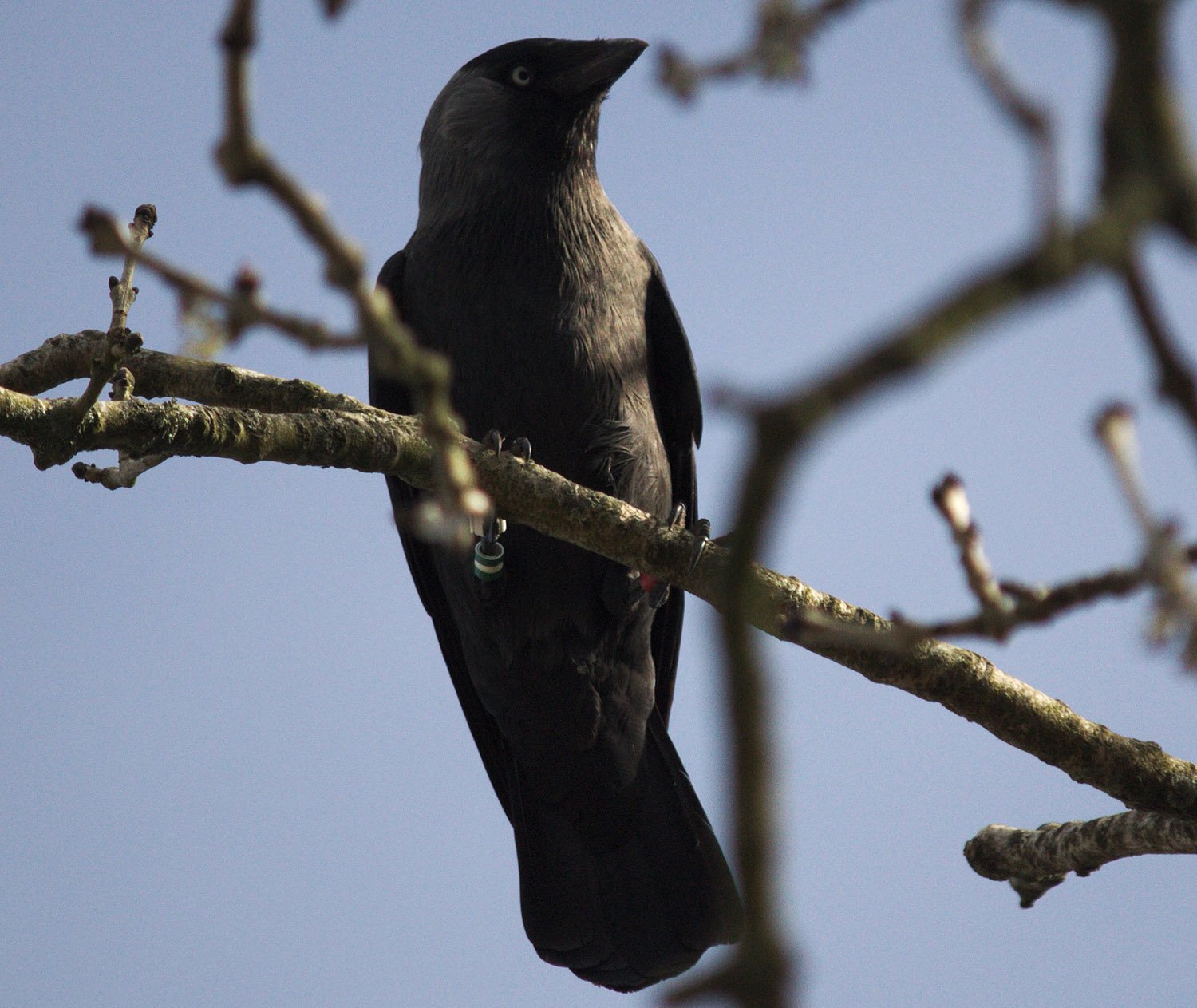250-million-year-old evolutionary remnants seen in muscles of human embryos
A team of evolutionary biologists, led by Dr. Rui Diogo at Howard University, USA, and writing in the journal Development, have demonstrated that numerous atavistic limb muscles – known to be present in many limbed animals but usually absent in adult humans – are actually formed during early human development and then lost prior to birth. … Read more









